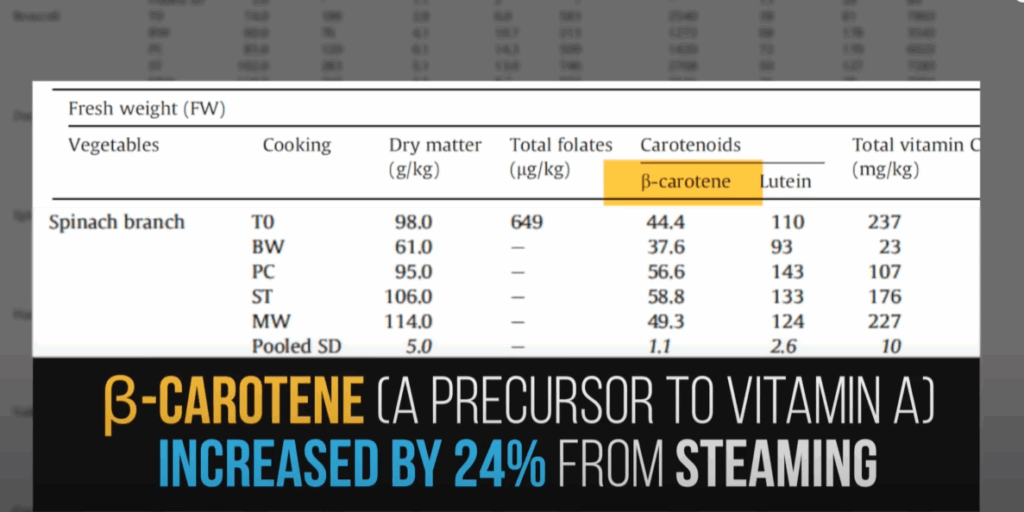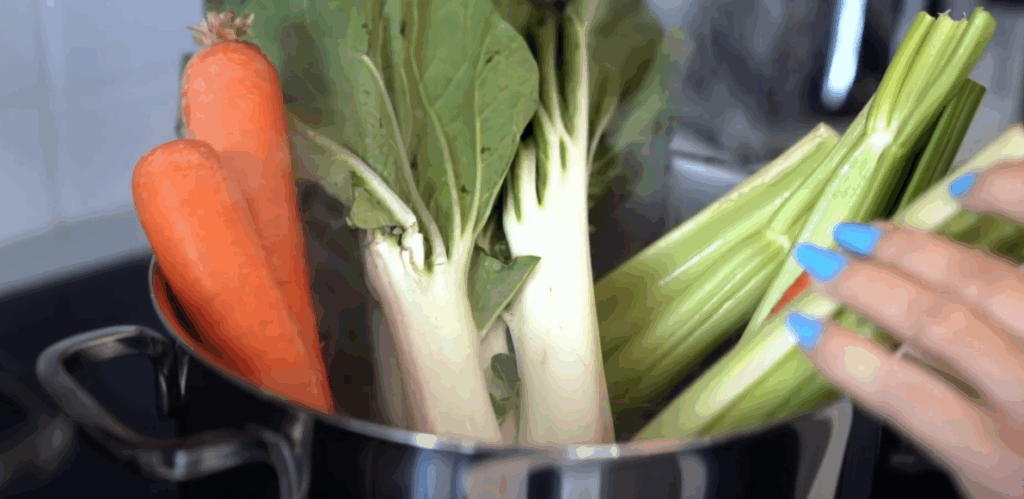When it comes to eating healthy, one question often stirs debate among nutrition-conscious individuals: Do some cooking methods destroy more nutrients in vegetables than others? You’ve likely heard claims that boiling leaches out vitamins or that microwaving zaps the nutrition out of your meals. But how accurate are these assumptions, and what does current research really say?
Let’s dive into the science behind how different cooking techniques affect the nutritional quality of vegetables, and whether there’s a clear “best” method for preserving health benefits.

Why Cooking Affects Nutrients in the First Place
Before exploring different techniques, it’s important to understand why nutrients might be lost during cooking at all. The two main culprits? Heat and water.
- Heat-sensitive vitamins like vitamin C and some B vitamins can degrade when exposed to high temperatures.
- Water-soluble nutrients can leach out into the cooking water, especially during boiling or simmering.
Because vegetables vary widely in their nutrient profiles and structures, the impact of cooking can differ substantially from one type to another. For example, what works best for carrots might not be ideal for spinach.
The Research: It’s Complicated
Studies exploring cooking’s effects on nutrition often look at one vegetable and a handful of cooking methods. This makes it tricky to generalize. In one notable 2015 study, researchers analyzed how steaming, boiling, pressure cooking, and microwaving affected nutrients like vitamin C, beta-carotene, and folate in 13 different vegetables.
The results? There wasn’t a universal best or worst method—outcomes varied depending on the nutrient in question and the vegetable tested.
- Steaming spinach increased beta-carotene by over 20%.
- Microwaving carrots actually improved beta-carotene content by about 12%.
- Pressure cooking spinach performed better than steaming in some cases.
- Boiling consistently performed the worst across all vegetables for vitamin C retention.
These findings suggest that the commonly shared advice to avoid boiling when possible is, at least when it comes to vitamin C, backed by science.

Microwaves: Safe and Surprisingly Efficient
Microwave ovens have long been viewed with suspicion, especially by those concerned about nutrient loss. However, modern scientific evaluations reveal that microwaving is one of the better cooking methods for preserving nutrients.
Microwave cooking uses less water and often shorter times, which limits nutrient degradation. A review published in Science-Based Medicine confirmed that microwave ovens are not only safe but quite effective in retaining key vitamins and antioxidants in food.
So while microwaves might not always improve nutritional content, they’re certainly not the villain they’re often made out to be.
Steaming: The All-Rounder for Nutrient Retention
Across multiple studies, steaming frequently ranks as one of the top choices for preserving the integrity of vitamins and minerals in vegetables. Since it doesn’t immerse produce in water and usually involves moderate heat, it’s ideal for protecting water-soluble and heat-sensitive nutrients.
In fact, the 2015 review mentioned earlier highlighted steaming as superior to boiling, particularly for maintaining folate, vitamin C, and carotenoid content in vegetables like broccoli and peas.
Still, it’s worth noting that this conclusion was drawn mostly from a narrow range of vegetables—mainly cruciferous varieties. So while steaming is often a smart option, it may not be superior in every scenario.
Boiling: The Nutrient-Leaching Offender
Boiling is perhaps the most traditional and common method of cooking vegetables, but it also tends to be the worst in terms of nutrient retention—especially for water-soluble vitamins.
When vegetables are submerged in water for extended periods, vitamins like C and B-complex easily dissolve and are discarded with the water. In the 2015 research review, boiling was found to cause the highest nutrient loss in all 14 tested vegetables for vitamin C.
However, boiling isn’t all bad. For some vegetables, especially starchy ones like potatoes, it can improve digestibility and flavor. The key is to use minimal water and avoid overcooking.

Pressure Cooking: Quick but Controversial
Pressure cooking is fast and efficient, using steam under high pressure to cook food quickly. It often retains more nutrients than boiling thanks to shorter cooking durations, but the high heat and pressure can still degrade delicate compounds in certain vegetables.
In the 2015 analysis, pressure cooking sometimes performed better than steaming, particularly with leafy greens like spinach. That said, the variability between vegetables makes it hard to recommend pressure cooking as a blanket solution.
The Takeaway: Variety and Moderation Are Key
With all this information in mind, what’s the bottom line?
There’s no one-size-fits-all cooking method that retains every nutrient in every vegetable. Nutrient preservation depends on several factors:
- The type of vegetable
- The specific nutrient you want to preserve
- The duration and temperature of cooking
- The amount of water used
However, here are some practical takeaways:
- Steaming is a generally safe and effective option.
- Microwaving is fast and can retain a surprising amount of nutrition.
- Boiling tends to cause the most nutrient loss, especially for vitamin C.
- Pressure cooking can work well but may be too intense for some vegetables.
- Sautéing or stir-frying with minimal oil and time can also be effective, especially for fat-soluble vitamins like A, D, E, and K.
Real-World Advice: Don’t Overthink It
While it’s useful to know how different cooking methods affect nutrients, the bigger picture is your overall vegetable intake. It’s far more important to eat a wide variety of colorful, plant-based foods regularly than to stress about how each one is prepared.
Here’s what to focus on:
- Include both raw and cooked vegetables in your meals.
- Use different cooking techniques throughout the week.
- Avoid overcooking—keep vegetables tender-crisp when possible.
- Retain cooking liquids for soups or sauces to recapture leached nutrients.
Ultimately, aiming for consistency and diversity in your diet will matter more than mastering the perfect cooking technique for every vegetable.



